In menswear today, Neapolitan style is famed for its effortless sprezzatura and handwork, lightweight, airy fabrics, and casualness. At places like Pitti Uomo, it’s closely associated with dandies and flamboyant gentlemen. Typically, it features bold statements and colors; it’s just the reminiscence of fun and Southern Italy. It’s most closely associated with the city of Naples or Napoli in the Campania region of Italy. But, what does Neapolitan style actually mean? How did it come to be? And what is it today? We’ll answer all these questions here!
Obviously, there will be some generalizations here because I’ve been to Naples, and trust me, very few people wear the Neapolitan style as we describe today. However, there are nuances to style, and just looking at a jacket made from a distinctly Neapolitan tailor is clearly different than, let’s say, a Florentine, a Milanese, or a Roman garment.
As you know, there are nuances to style, but in the end, with Neapolitan style, we think it all blends together, just like Neapolitan ice cream. The diverse blend of unique flavors that comes together beautifully.
Why Does Neoolitan Style Matter?
So, first of all, why does Neapolitan style matter? Campania is obviously just one region in Italy, and there are many men famous for their clothing style. By the way, if you want to figure out why Italian men are so stylish, you might enjoy our other guide.
Why Are Italian Men So Stylish? Here’s Their Secret…
Why should you care about Neapolitan style? Well, it has gotten quite famous. It is cited many times in brochures, online, when people talk about things, and so, as someone interested in classic menswear, it’s really important to understand.
The Neapolitan style is typically somewhat bold, even though it may be just a single-breasted navy blazer. Maybe they’ll use a hopsack in just a lighter shade and bold handwork that is clearly visible.
It radically differs from the suit you’ll find in England, for example, on Savile Row, or in France, Germany, or Eastern Europe. Likewise, it’s different from an American suit.
In the world of climate change, where many areas get hotter, Neapolitan clothes are typically famed because they’re very breezy. Oftentimes, they’re unlined. They use more open-weave fabrics. So, you stay cooler and elegant when it’s hot outside. Likewise, the craftsmanship and tradition of handwork have prevailed there for much longer than, let’s say, in the northern hemisphere and industrial countries like Germany.
Even though you may not be from Napoli, you may not look like you’re from Napoli, but you have elements in your wardrobe that you’d like to make a bit more casual and relaxed. You can definitely incorporate the Neapolitan style into your outfits.
The History of Neopolitan Style
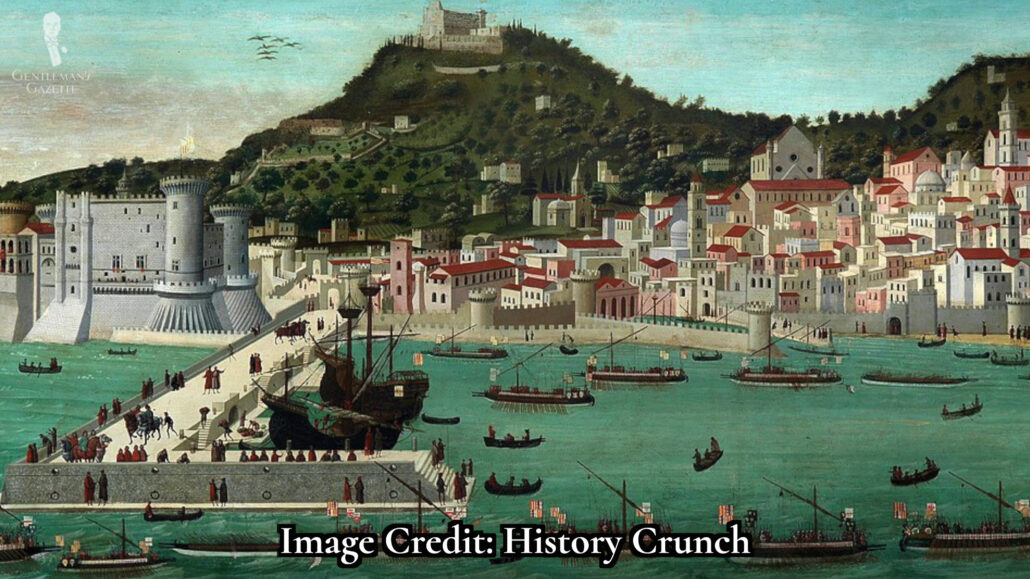
So, how did it come to be in the first place? Let’s talk a bit about the history of Neapolitan style. Really, Naples’ history is all about Cosmopolitan exchange. During antiquity, the originally Greek city became Roman. Throughout the Middle Ages, Naples interacted with Islam, Middle Eastern, and Northern African worlds. You also had foreign powers – including the Normans, the Germans, the Spanish, and the Bourbon Dynasty, who vied for control. As such, a unique Neapolitan culture evolved, but it was inspired by lots of things and many places.
In 1861, Naples joined the Kingdom of Italy, which, of course, today is a republic. While the area around Naples used to be well-known for its agricultural impact, it also developed to be a hub for clothing.
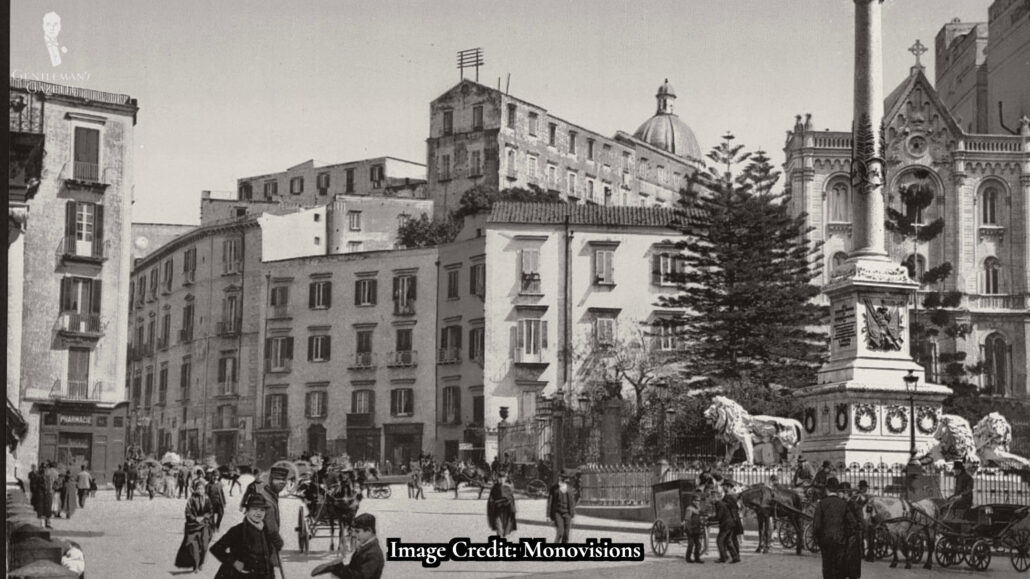
The late-19th and early-20th centuries, Naples was known to produce high-quality garments. The clothes produced followed styles of other nations; had influences from Vienna, from England, and from France. But, if you look at, for example, Rubinacci, they have a store there that they call “The London House,” so you can clearly see that the British had a strong impact on Naples’ Neapolitan style, and you will see that reappear later on.
At the beginning of the 20th century, things changed, and Naples, rather than copying other styles, developed its own distinct style. There are disagreements about who truly first came up with the ideas, and I’m sure a lot of people got inspired by each other, and maybe someone did something and someone adapted it. But, overall, there were many influences that created what is known as Neapolitan style today.
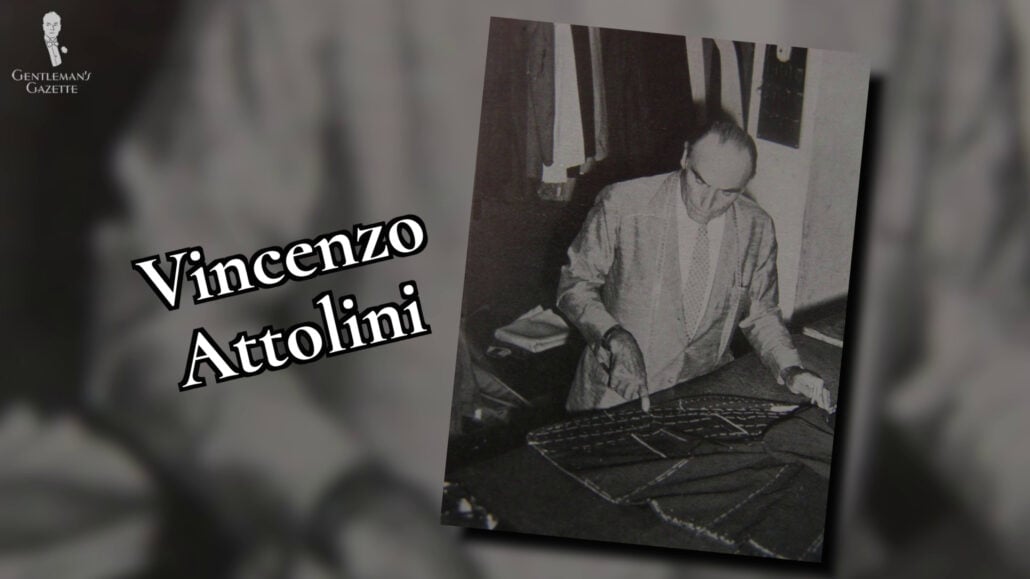
One name that is really closely linked to Neapolitan style appears in the 30s; the name of Vincenzo Attolini. While making British style clothes at the aptly named “London House” of Rubinacci, Attolini is credited with deconstructing the fully-canvassed jacket. Rather than having strong shoulder pads, they were removed, and you had more of a natural shoulder. Instead of horse hair interlining, you had fabric. Everything became lighter and more breathable. Both Of Attolini’s inventions became a hallmark of Neapolitan style.
At first, it was only worn locally because it was really well suited to hot, humid climates. Meanwhile, the devastation – economically and otherwise – of World War II definitely left its mark on the Neapolitan clothing industry.
But, ha da passa’ a’ nuttata. You have to suffer through the hard times to get to the good times. Because when, during the 1950s and 60s, Brioni started with the first men’s runway shows, Italian style became more popular throughout the world and, with it, the Neapolitan style became more popular now.
At first, the Roman style of Brioni became a lot more popular, and it took a few decades before people became also interested in the Neapolitan style. But, by the 90s and early 2000s, connoisseurs flocked even from London and other metropolitan cities to Naples to get the unique Neapolitan style. Of course, there are many other brands and tailoring houses closely associated with Napoli.
General Hallmarks of Neopolitan Style
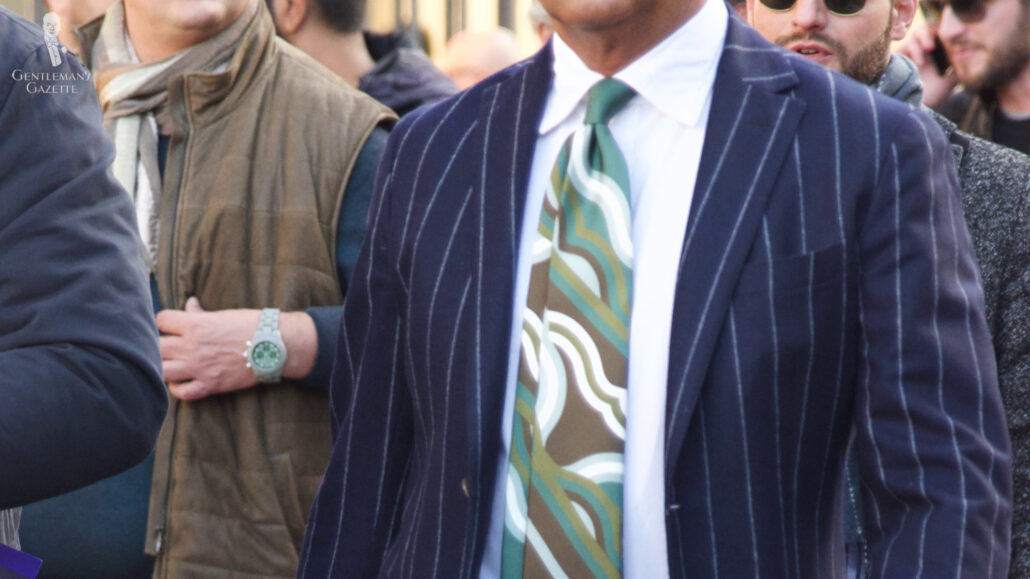
So, what are the general hallmarks of Neapolitan style? Obviously, there’s a huge component of personal style. Personality, vigor, panache, sprezzatura. Today, we can only talk about clothes, but you can still say, “Saluti, commendatori!” which means as much as “Greetings, gentlemen!”
Typically, Neapolitan style means bolder colors, which doesn’t mean “no navy”. The navy may just be a shade or two lighter than what you see in Germany or in Milan. The fabrics are certainly open weave. So, while a British blazer is maybe made of a serge fabric, the traditional Neapolitan will be made of a hopsack.
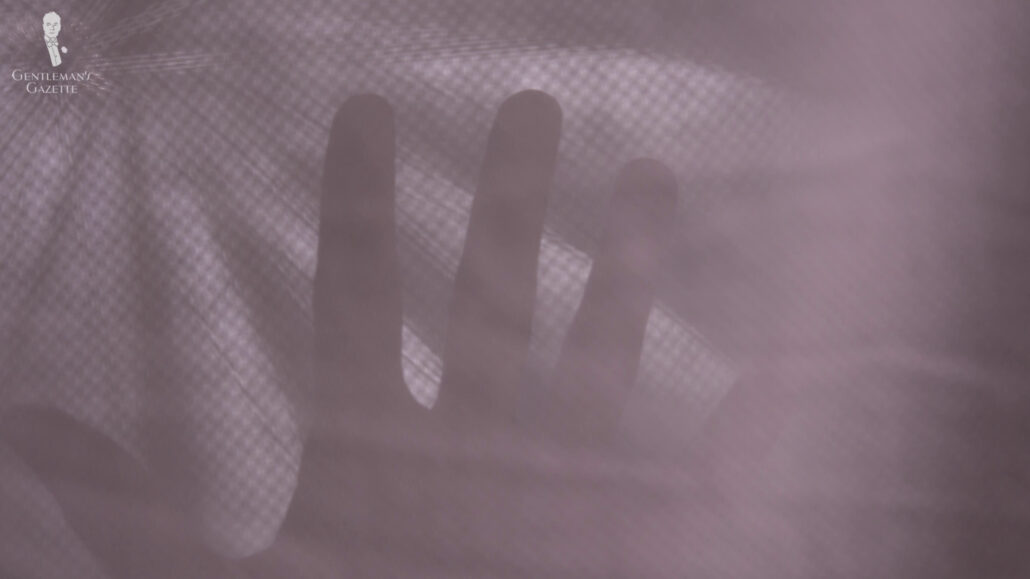
Well, for example, German tailoring is overly neat and precise; the jackets, one person can have from the same bespoke tailor, may visually differ in length. But, Neapolitan tailoring is not about this accuracy – it’s more about comfort, it’s about the visible handwork, and something that is stylistically and aesthetically pleasing.
I wouldn’t say Neapolitan style is associated with a particular color palette. You’ll see browns, grays, blues, greens, and everything in between, but generally, I would say colors are a bit brighter than what you might see from a traditional British establishment, for example. Also, in terms of patterns, you’ll encounter bolder stripes and things like window panes and checks.
High contrast is something that’s embraced, not feared. Some critics dismiss the audacious and bold styles and colors as “over the top,” but it’s rooted in Neapolitan culture, where individuality is celebrated, and people want to express their individual style through certain elements of bolder colors.
Last but not least, the breathability is really something that’s welcome for people, and everyone who has been in Naples during a Ferragosto will appreciate the openness and lightness because, otherwise, you’d sweat even more.
The seam of a Neapolitan jacket is often cut with a skirt that is rather close to the hip. The shoulder line is typically not extended. It just ends at the shoulder bone. And I find many unlined jackets often also unlined in the sleeve. And while often there’s a slim cut, you will typically find a slim drape; nothing like the original 1930s American drape, but there is some there in the shoulders and in the chest. Also, the natural shoulder is truly a hallmark of Neapolitan style; even though people, even in Naples where tailors used more shoulder padding. And today, typically, when you see things outside of Naples, they have no shoulder padding at all, but it wasn’t always like that.
The handwork you typically find in Neapolitan garments is second to none. While a British, German, or French suit typically has subtle pick stitching in one row, Neapolitans intentionally pucker a little more in a second row. Hence, it’s clearly visible, and they may add it to every visible seam.
The advantage of a hand-stitched garment is that it’s more flexible and feels more comfortable. It also takes more time and is typically more expensive, but the income level in Naples is still way below that of Northern European countries, for example, so the jackets are still affordable, especially considering the thousands of garment workers that are present in Naples.
And while in other places in the world, bespoke tailors are a rare breed, in Naples, the concentration is still much higher than elsewhere. Moreover, Italians aren’t afraid to shell out money on clothes.
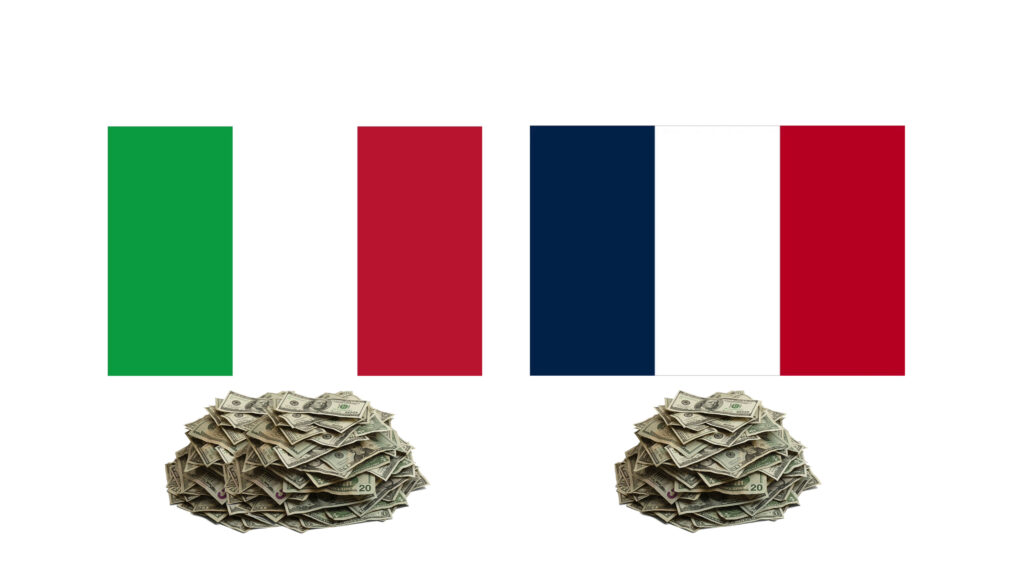
So, for example, in 2021, Italians spent 51 billion euros on clothing, while the French only spent 36 billion. France has about 67.5 million people and Italy 57. So, clearly, Italians spend about 50 percent more on clothes than their French neighbors do.
Taken together, all these hallmarks of Neapolitan style and combined with a bit of whimsical fun make what is known as Neapolitan style today. Someone argued that this style is embodied in the attitude and habits, if not the exact clothing, of La Pulcinella. It’s a comedian art character, often considered to be the personification of Napoli. It’s an all-white suit with a brown hat and yellow shoes. Maybe Pulcinella is a Neapolitan peacock, after all.
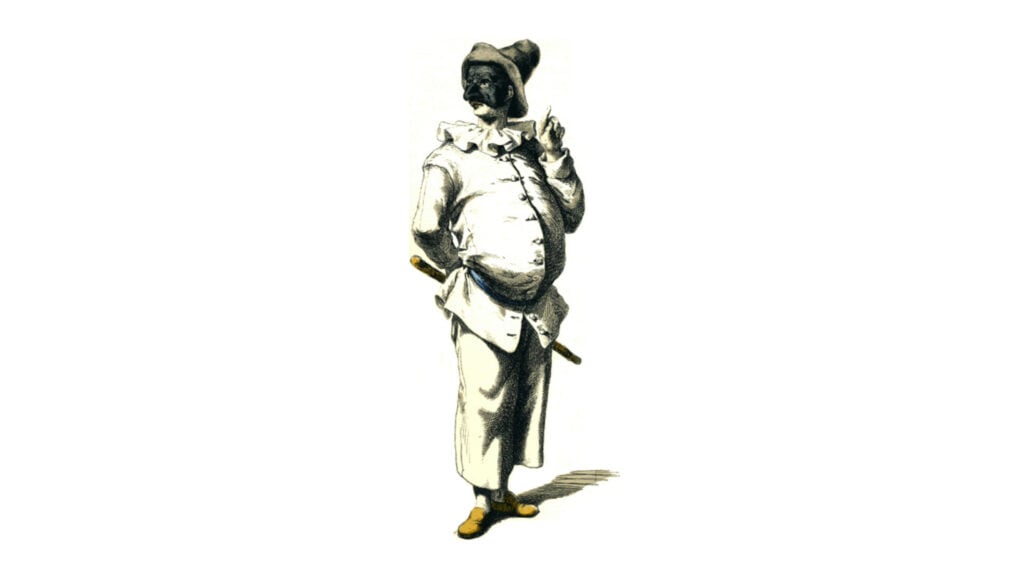
So, the nonchalant and unkempt habits of Neapolitan style – such as leaving the button-down collar unbuttoned, or tucking maybe just one end of the tie-in and the other not, having buttons that are more undone, and tiny but carefully orchestrated variations – are all something that plays into that Neapolitan style. If you want to learn more about the effortless art of sprezzatura, we got you covered.
Sprezzatura – What it is, DOs and DON’Ts
Neopolitan Clothing
Jackets
Let’s take a closer look at Neapolitan garments, starting with a jacket.
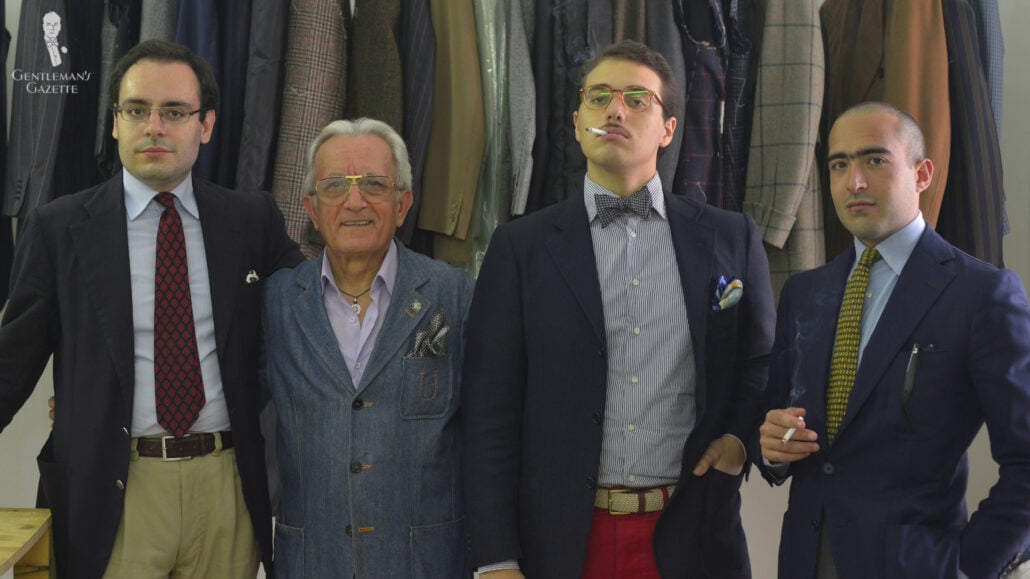
When I was in Naples, sometimes it was so hot. I was wearing a polo shirt, but my friends and guides were all wearing jackets because they were just used to the heat, which to me at the time felt oppressive. Just like many Italian garments, it’s cut a little shorter, and often, it’s single-breasted because it means no double layer of fabric, which makes it wear cooler than a double-breasted jacket. If you see double-breasted jackets, they often have patch pockets to make everything a little more relaxed.
Either there is no canvas at all or, if there is a canvas, it’s very lightweight and soft. So, it feels more like a sweater than a structured jacket. A fully-lined Neapolitan jacket is rare. Typically, they’re unlined, which means the entire back is exposed, and sometimes, you can also find no lining in the sleeves.
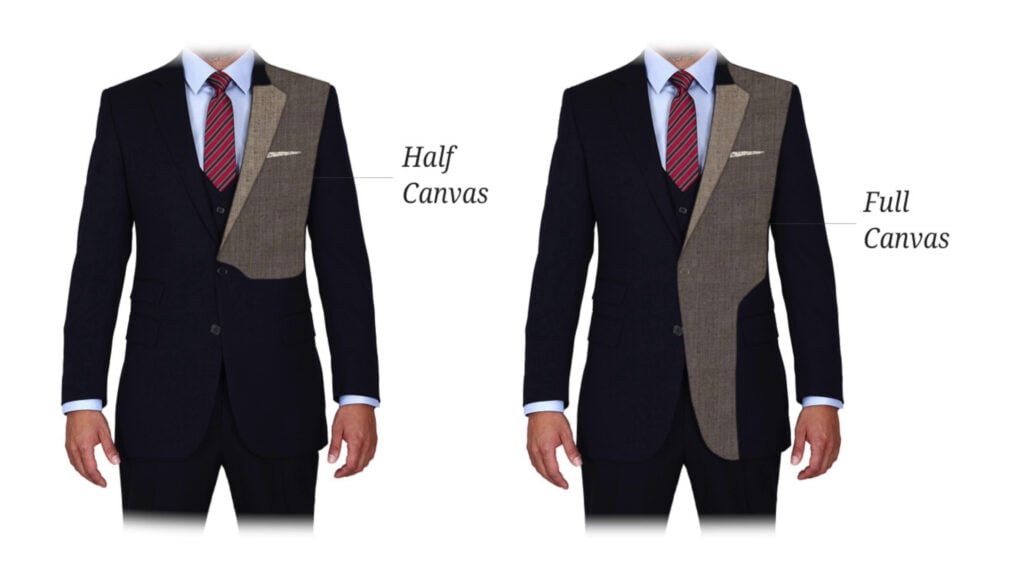
Shoulders are soft, not extended, and feature little to no padding. In terms of shoulder styles, you can find different ones in Naples, such as the spalla cadente, which is literally the “fallen or sagging shoulder.” It’s basically a loose drape that follows the natural curve of the shoulder.
Then, you have the spalla insellata, which is the “saddle shoulder,” and it resembles some of that of a saddle shape. Basically means there’s a concave from the neck to the shoulder. When taken to the extreme, it becomes more of a pagoda shoulder with a very strong look.
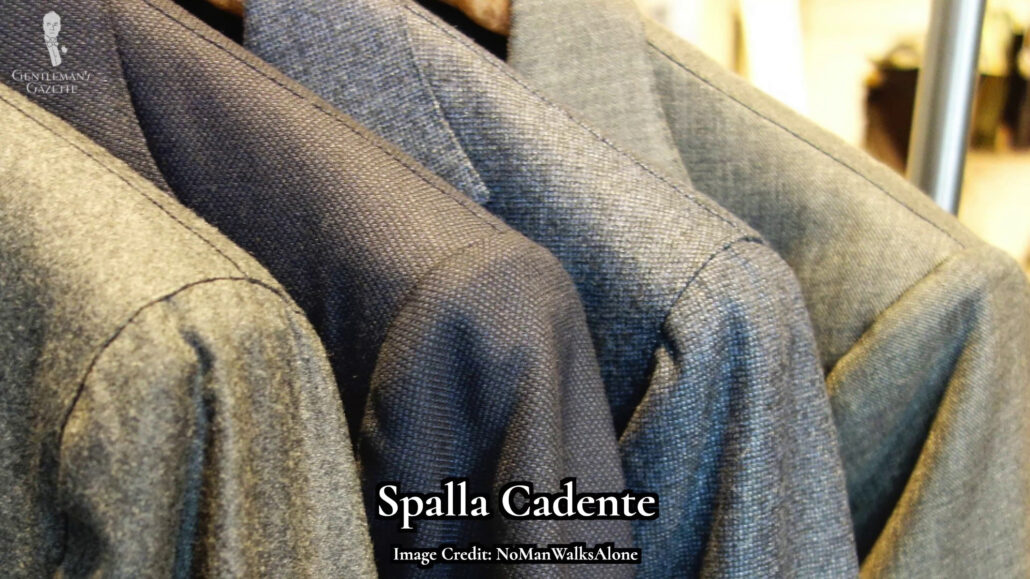
You achieve that look by adding an extra layer of fabric underneath the sleeve head so it’s elevated. This is also known as con rollino. Basically, at the shoulder seam, you fold both fabric ends towards the shoulder and add a little something.
The other famous shoulder form for Neapolitan jackets is the spalla camicia, which is the shirt-style shoulder. So, basically, the jacket is sewn like a shirt.
Neapolitan shirts are typically tailored with more handwork and something that is called “grinze,” which are little folds, and that’s also something that you see often on Neapolitan jackets. Traditionally, the spalla con rollino was more something you’d see in a suit, and spalla camicia was something that you would see more on sport coats. These days, the lines have been blurred.
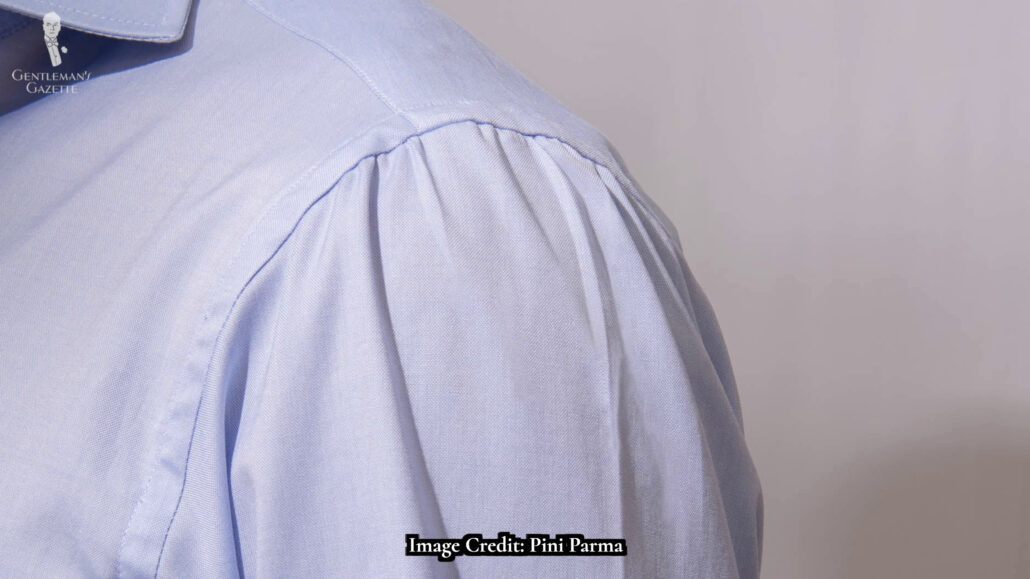
The puckered pleats are sometimes also referred to as a “mappina,” which means “little rag” in Italian.
In terms of gorge height, I think Neapolitan jackets are maybe a little higher than traditional Milanese ones. Lapels are also typically not too slim, but more on the wider side. And as I mentioned before, you often find these double rows of puckering pick stitching.
Going for Neapolitan jackets, you will see that the corners are often cut quite round and open. When you wear that, make sure you don’t have a tie that’s too long. Otherwise, it will really point toward your crotch area, and not your face.
The armholes are typically cut quite high, so everything is comfortable, and you can move freely in your jacket.
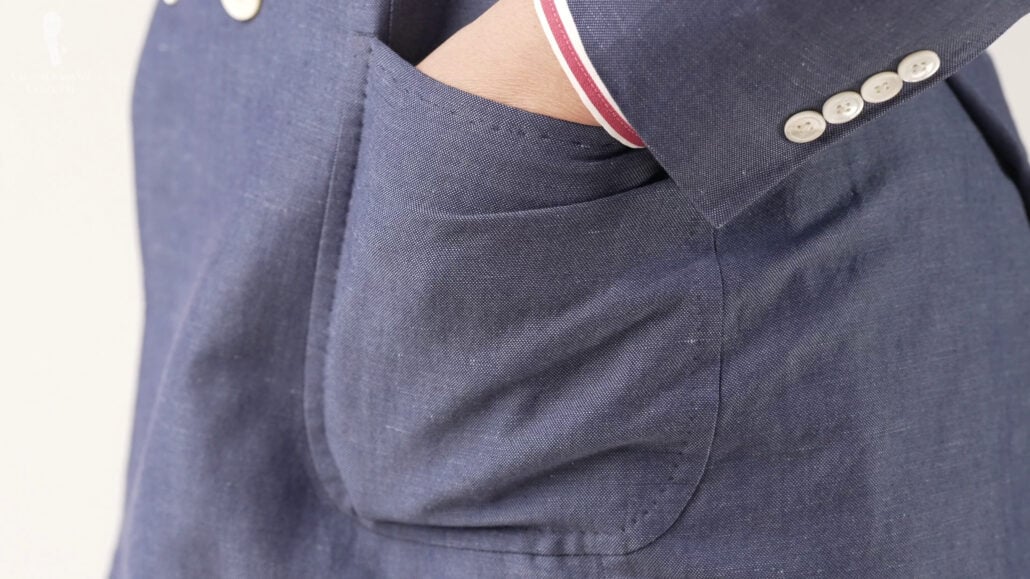
Patch pockets are popular, especially on sport coats, but more importantly, a Neapolitan jacket will always have a front dart that continues through the pocket, so you will see it at the bottom of the pocket, whereas, let’s say, a German or an English garment or French garment typically has a front dart that is not visible at the bottom.
Typical detailing on jackets includes the “tre bottone su due,” which means “three-roll-two.” Things like buttonholes are typically hand-stitched in nice silk threads. It’s also more likely you will see men wearing them undone, maybe just one, two, three, or sometimes, all four, to give this more relaxed, nonchalant look.
Lapels typically feature a nice roll, and if they have peaks, you can also notice a distinct belly on them.
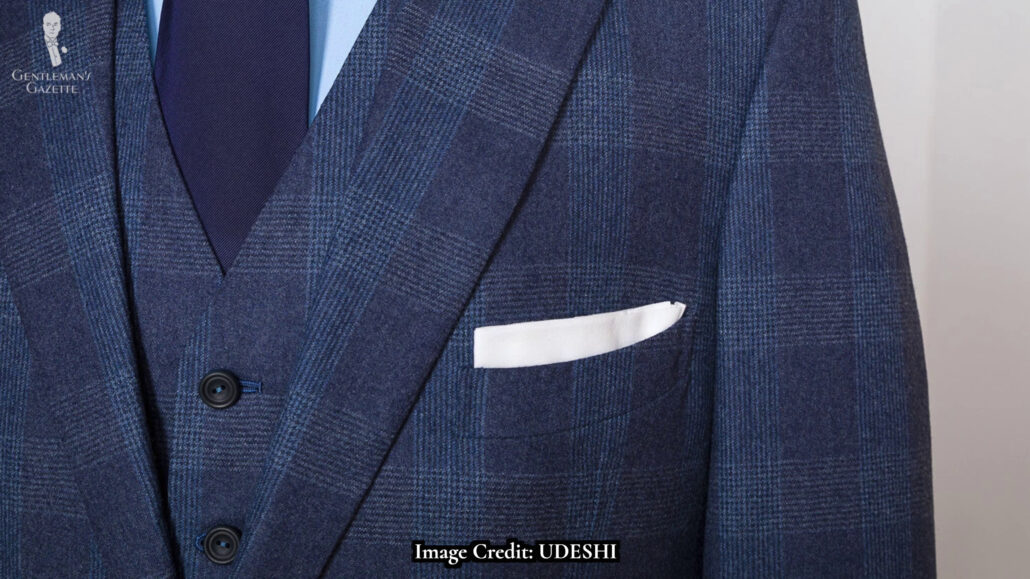
The pignatta or little bowl pockets are particularly popular for chest pockets or side patch pockets. Even the traditional chest pocket is typically a barchetta shape, which is a little boat shape with a curvature. Again, compared to a German suit or British suit, they are much more straight.
Traditionally, Neapolitan jackets used to have three buttons on the cuff more; but these days, in modern garments, they all have four.
Outerwear
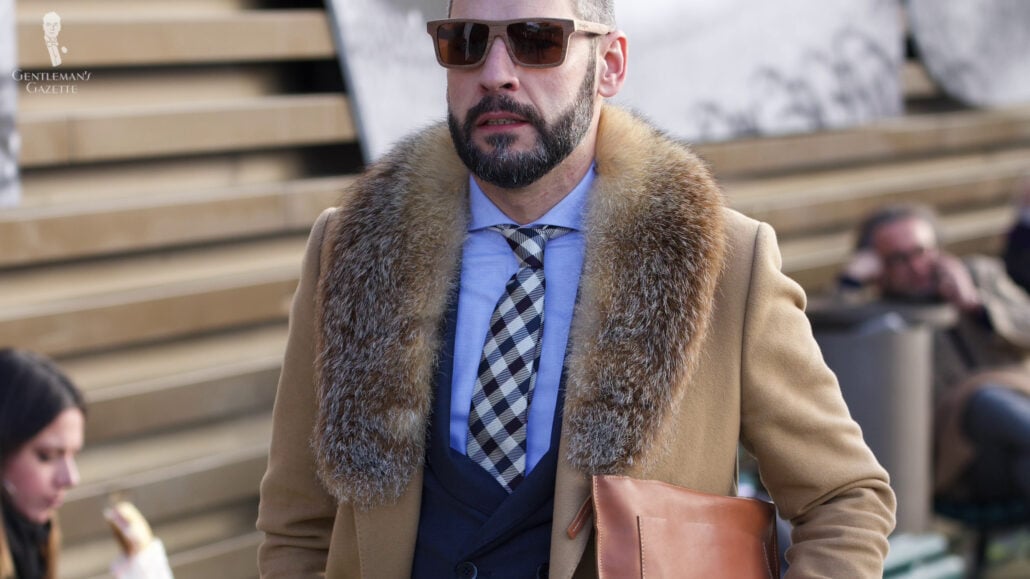
Despite being so warm in Naples, outerwear is still something that men have or that tailors create because it’s just another layer and dimension you can add to your outfit.
If you go to Pitti Uomo in January, when it’s not really cold at all, you see all the men having their coats thrown over their shoulder, so you can clearly see what’s underneath, but still have that additional layer of an overcoat.
People even wear things like a fur collar, even though it makes no sense from a thorough point of view.
Trousers
Also, Neapolitan trousers or pants have become increasingly popular in recent years. Typically, they have bold pleats, a large waistband, and a lot of handwork. There are even houses like Ambrosi, who specialize and are known and famed for their trousers.
Overall, I’d say they are cut a bit more narrowly than, let’s say, American trousers, and they’re typically also a bit shorter, so you rarely see that full break. You’ll have a hard time finding pants without cuffs, but single or double, or more pleats are very common. Flat front, not so much.
If you want to learn more, we’ve got guides on proper trouser length, hem opening, and how you combine shoes, socks, and pants.
How To Combine Socks, Shoes & Pants
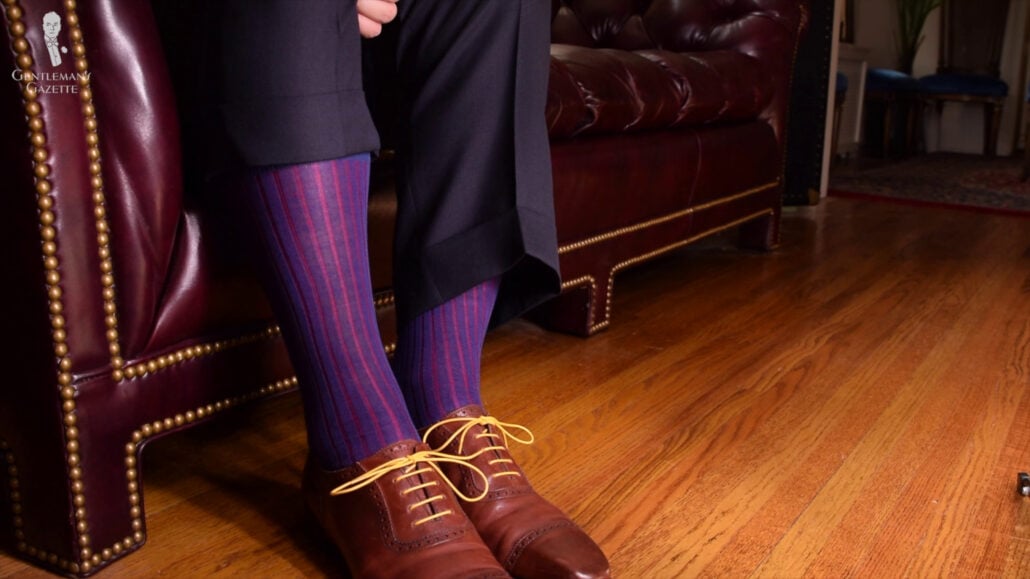
When I was in Naples, men would always wear over-the-calf socks. In recent years, I’ve also noticed, especially at Pitti Uomo, a lot of people like to wear no socks or, at least, give the appearance of not wearing any socks, but in fact, they’re wearing no-show socks.
This trend has been around for a few years. I’ve been trying to wear them, but they always slide off my very narrow heels. So, behind the scenes, we’ve been working on creating really cool no-show socks that stay on your heels, but also don’t poke out in areas on a loafer, in a tongue area, where they typically poke out. So, hopefully, we can report back soon, and stay tuned.
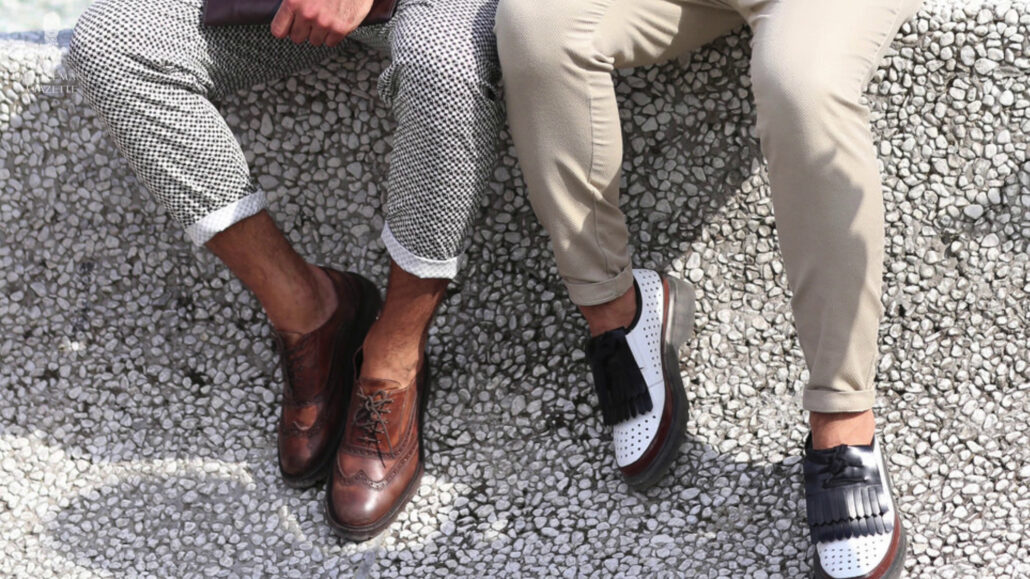
Shirts
Just like Neapolitan jackets, trousers, or suits, Neapolitan shirts are very well-known. Well, they typically also have the spalla camicia. They have the grinze. The buttons are typically nice mother-of-pearl buttons. They’re sewn on with the chicken foot by hand, so it’s a very distinct look.
Collars are typically unlined, so they’re a bit more casual, and a little harder to iron, but distinctly different. Materials are, you know, cotton or linen blends. They’re lightweight. They’re not afraid of bolder colors or open weaves. And when it’s so hot, that’s what you need, but they also have shirts in bold stripes and, typically, with a lot of handwork.
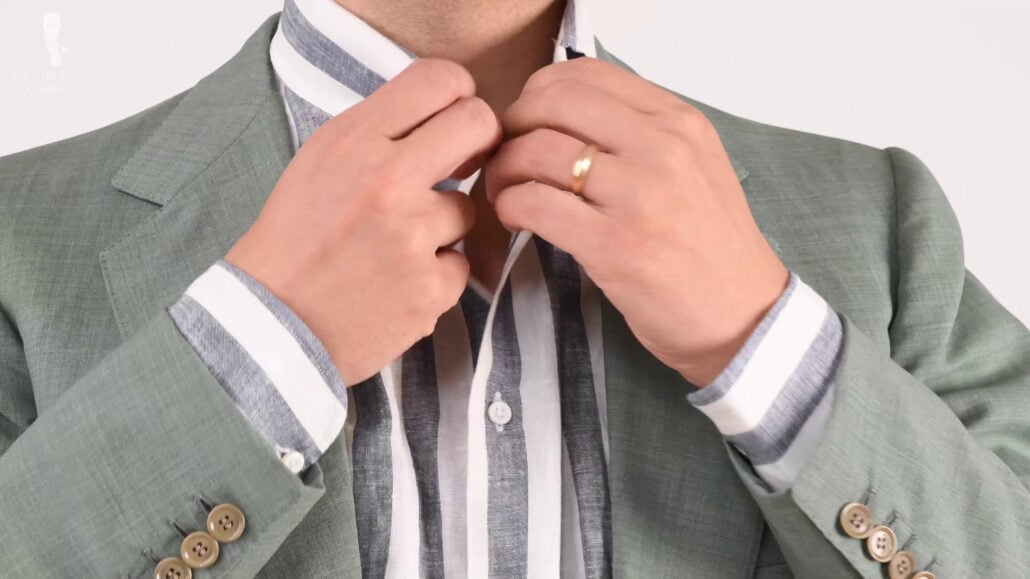
Places like Barba, Borrelli, or smaller ones like Anna Matuozzo are closely associated with Naples and the hand work.
Often, they have darts to help accentuate the torso. The collars are sometimes cut away or flaring; sometimes also cut a little bigger. But, really, that comes more down to personal style.
Shoes
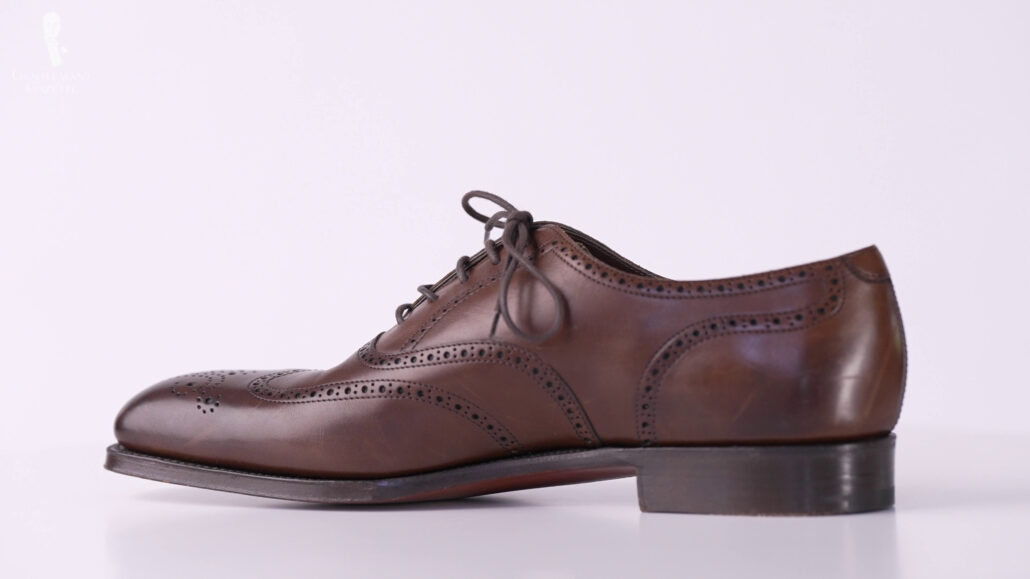
In terms of footwear, Neapolitans take their shoes seriously. Interestingly, when I was in Naples, all the well-dressed gentlemen seemed to have a preference for English shoes – understated, high-quality English shoes.
For ready-to-wear, things like Edward Green or Crockett & Jones, or bespoke shoes. There are some shoemakers and shoe factories in the area of Naples, but again, people in Naples actually preferred the stuff from elsewhere, which is often the case, as you know.
We did an internship at a law firm with this lawyer, who worked at a law firm in London, and he had an apartment in Naples, just to travel there and get his suits made. In particular, his tailor of choice was Antonio Panico. Of course, he could have just walked down to Savile Row and gotten his stuff there, but no, he wanted it in a unique Neapolitan style.
Maybe the slight difference is that most Italian factory shoes are all Blake or Blake rapid stitched, whereas most English factory shoes are Goodyear welted. Of course, you can also find excellent hand-welted shoemakers in Italy and the Naples area.
Myth or Magic: Are Goodyear Welted Dress Shoes Overrated?
Accessories
When it comes to accessories, Neapolitans still have this affinity with England, but they have a different take on it. Materials are often softer; they are a little brighter; and it’s just a very kind of breezy, airy, and open environment, where lighter colors are particularly admired during the summer season.
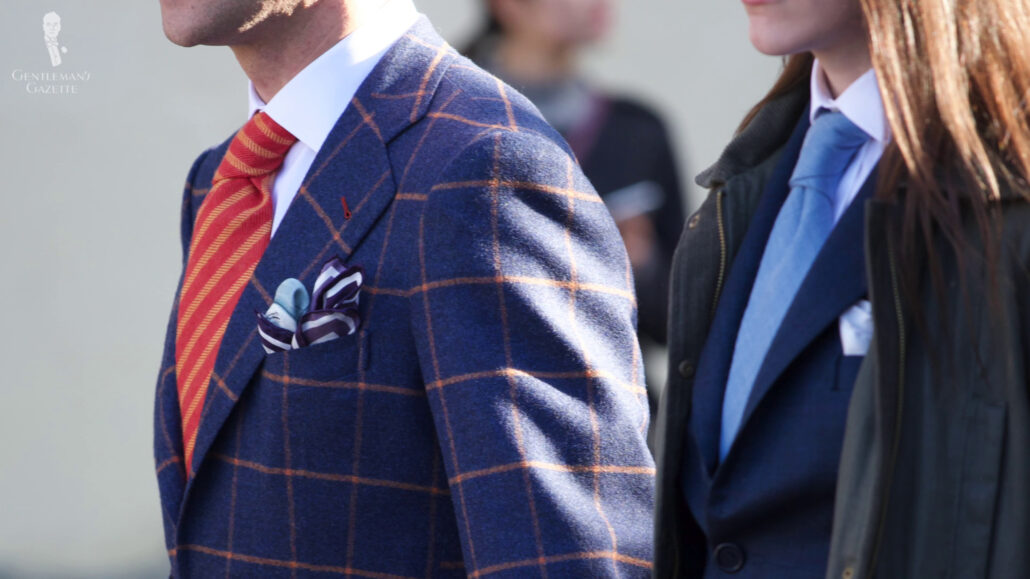
When I was in Naples, I met the gentleman Giancarlo Maresca, who organizes events for well-dressed Italian gentlemen interested in tailoring and Italian, but also Neapolitan style. He introduced me to Enzo Carfora, who makes Italian suits.
At the time, he was a very young tailor who did all kinds of stuff. When I visited him, it was very interesting to see that he did the “rock of eye” method, where he didn’t necessarily use a paper pattern, but he drew freehand the patterns based on the measurements. And because of that, every jacket was slightly different, but that didn’t bother him. That was more a hallmark of the Neapolitan style and quality that he tried to purvey to his customers.
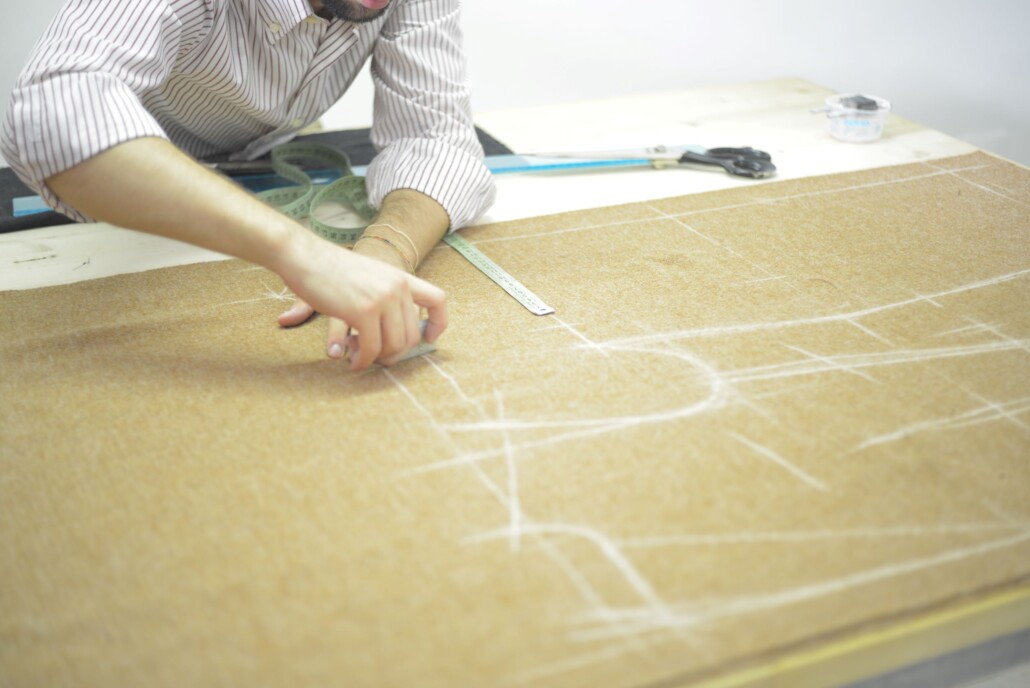
The accessories, though, were very British, like madder silk ties and prints, but often made in Como, not in England. So, they had a different take and a different vibe, and a different finish. Of course, staples like grenadine ties are also very popular.
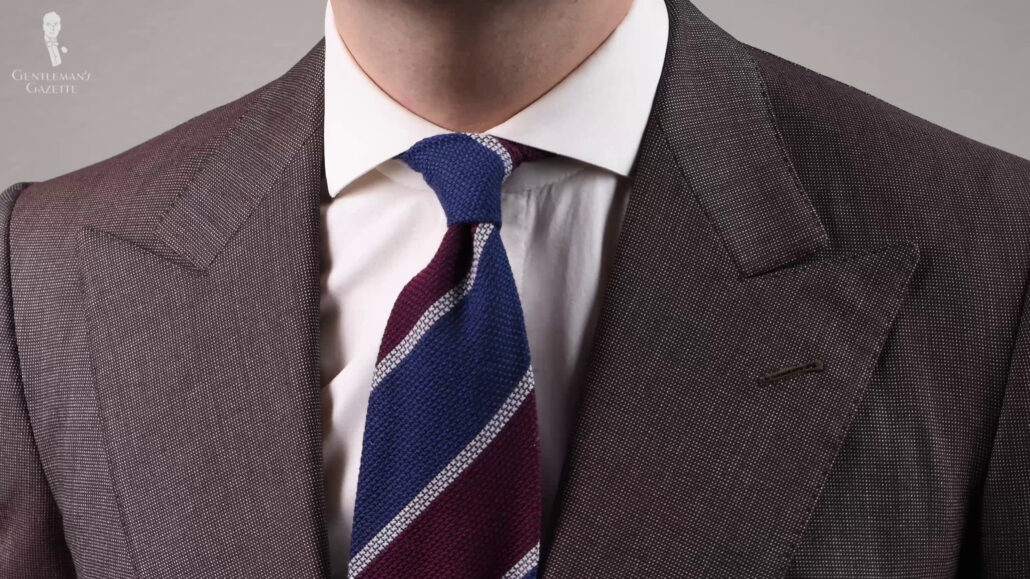
I found that, in recent years, Neapolitan men like to wear their ties longer than they did probably 70, 80 years ago. But, that’s a trend that is obvious; not just in Naples, but elsewhere, too. Even though it’s so hot, I rarely saw men wearing bow ties in Naples, which is quite interesting. The few exceptions like Giancarlo Maresca, who really embraces it, but he also has his affinity for English style, Neapolitan style, and the whole mix.
Conclusion
So, in conclusion, I hope we have shown that we’re not o’ guappo ‘e cartone – meaning “a braggart made of cardboard” – when it comes to Neapolitan style.
What do you like about the Neapolitan style? Are you looking to incorporate it into your wardrobe? Let us know in the comments!
Outfit Rundown
I’m wearing this casual, lightweight, summery blue blazer sport coat from Isaia Napoli. Isaia is closely related to Napoli. It’s not a quintessential garment or producer in Naples. If you go to Naples, you’ll find a lot more handwork. But, for me, they fit really well off the rack, and that’s why I like them. It features a double-breasted style, has very little padding, is unlined, and has this kind of clean shoulder. The white mother-of-pearl buttons certainly help to make it a more summery look.
I’m combining it with a checked linen shirt by Neapolitan shirtmaker Finamore. It has a slight beige, mother-of-pearl buttons sewn by hand with the chicken foot. It’s made of a linen material with unlined collars and cuffs. It’s more wrinkly and unkempt, but it fits this casual aesthetic.
My pants are not from Napoli, but they’re a silk-linen blend that is really lightweight and goes with the other fabrics in the outfit. My socks are yellow and blue, shadow-striped from Fort Belvedere, and they pick up the colors of my shirt, as well as my pocket square, which is linen. It’s a handcrafted linen that is very open, very summery with a navy blue contrast x-stitch that picks up the color of the pants; that way, everything is harmoniously together in color tone.
My shoes, after all, are brown, just like many Neapolitans like to wear them. And I chose English shoes from Crockett & Jones because that’s what I encountered Neapolitan men like to wear. They’re a brogued monk strap with silver buckles that match the silver of my pinky ring, which has diamonds and a whitish-light-blue star sapphire.
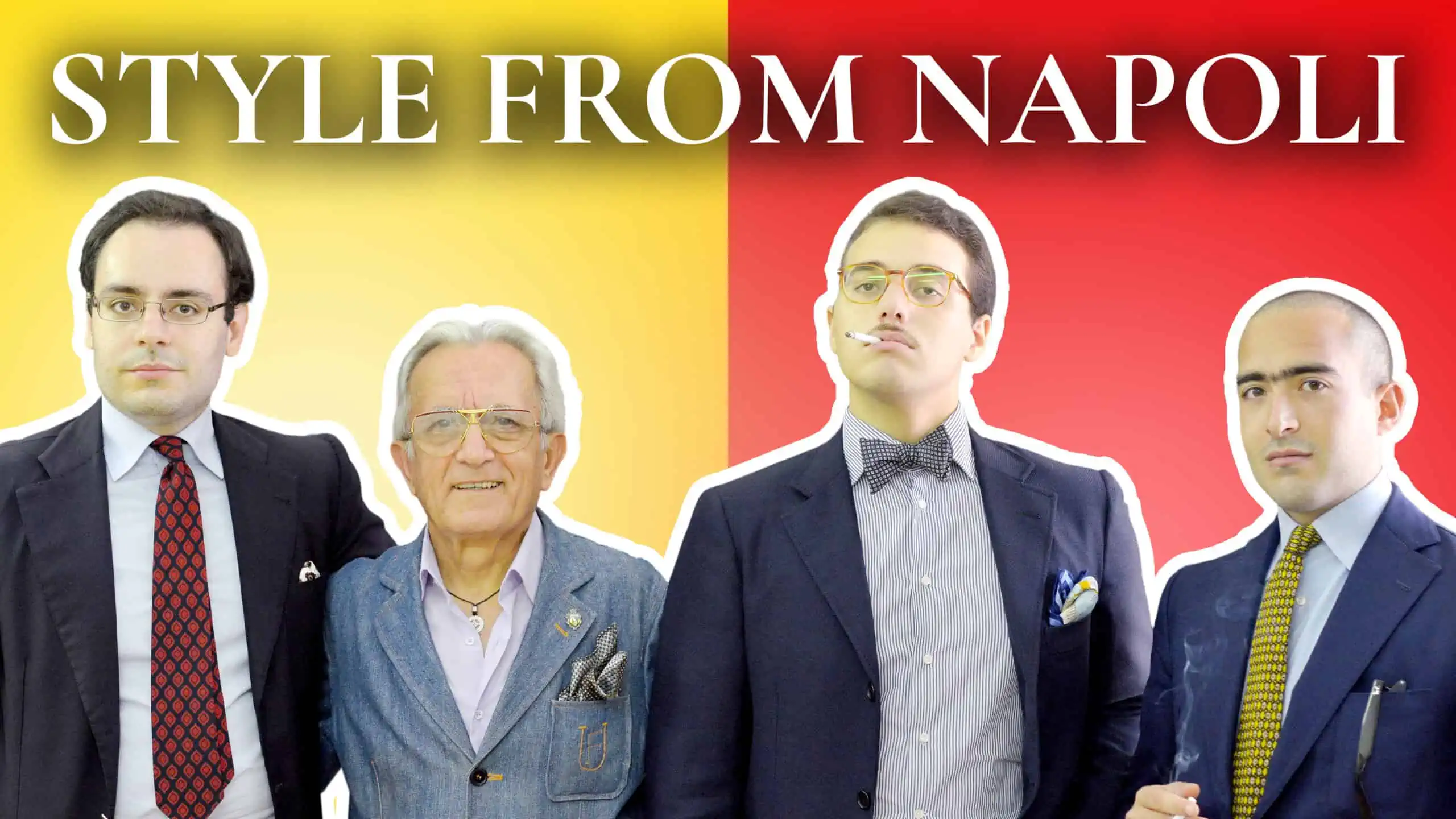
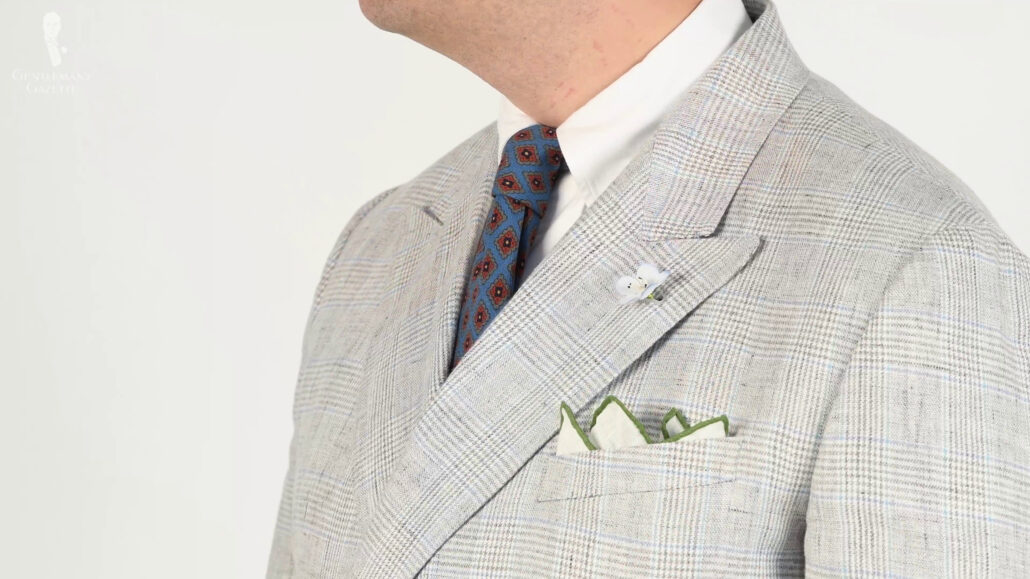
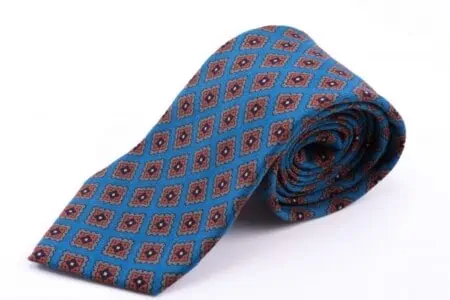
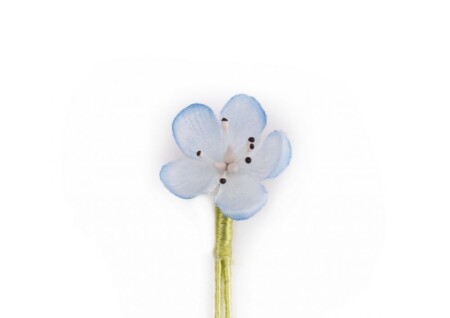
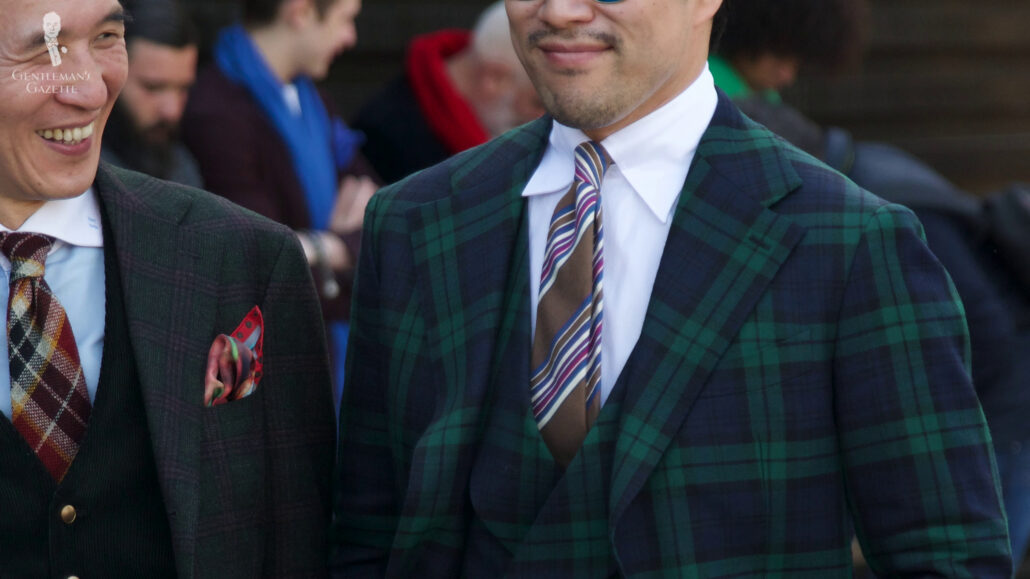
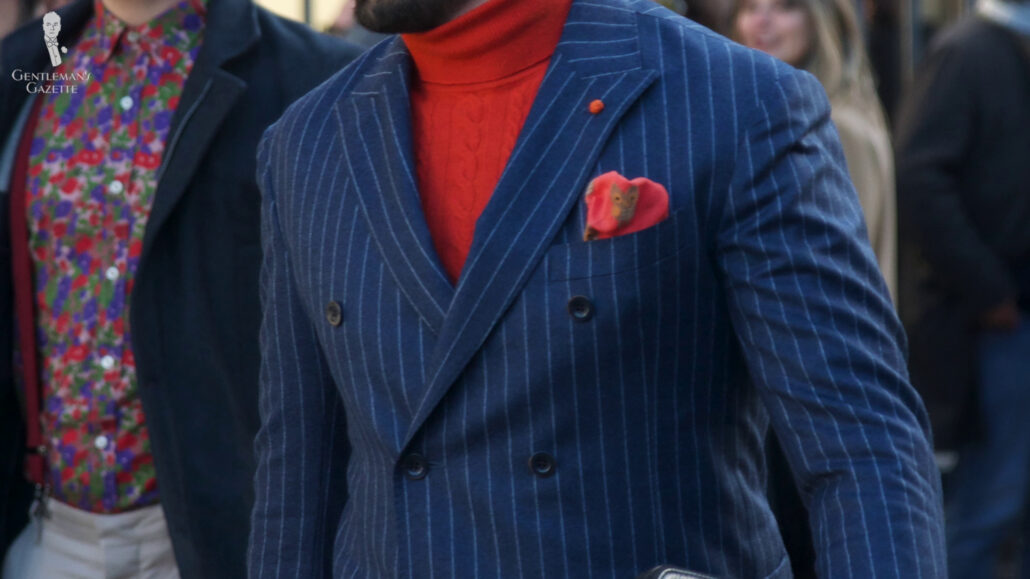
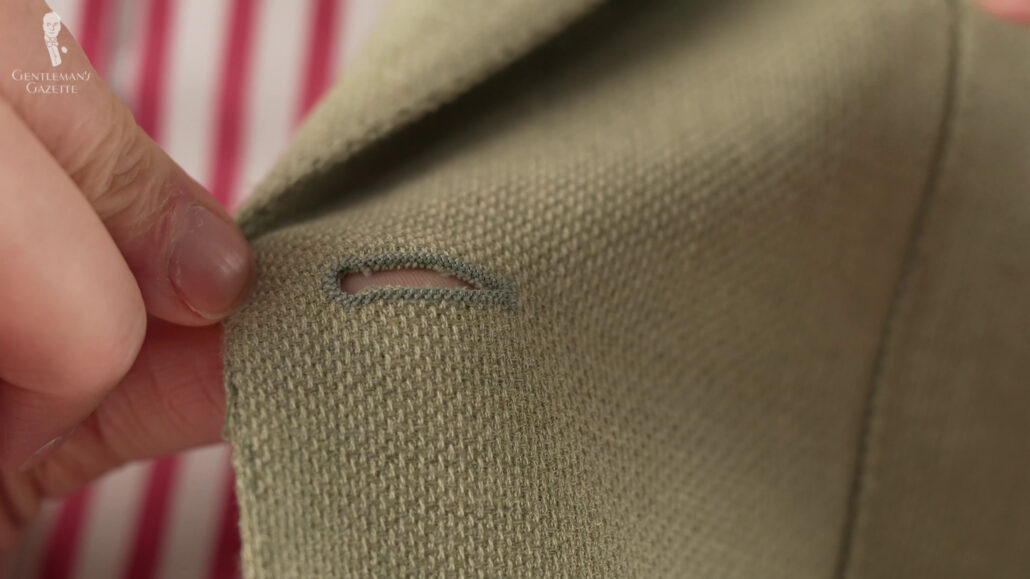
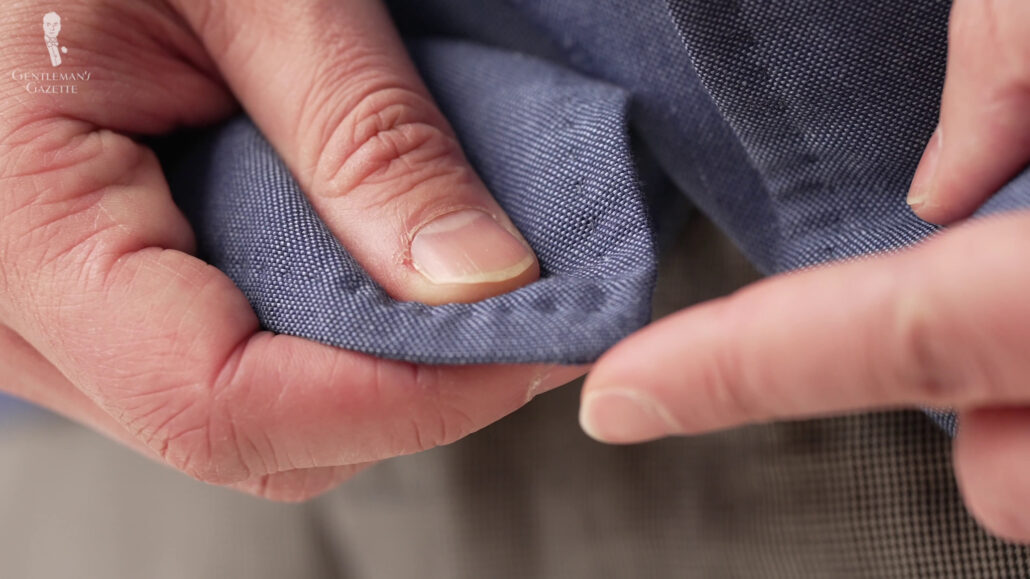
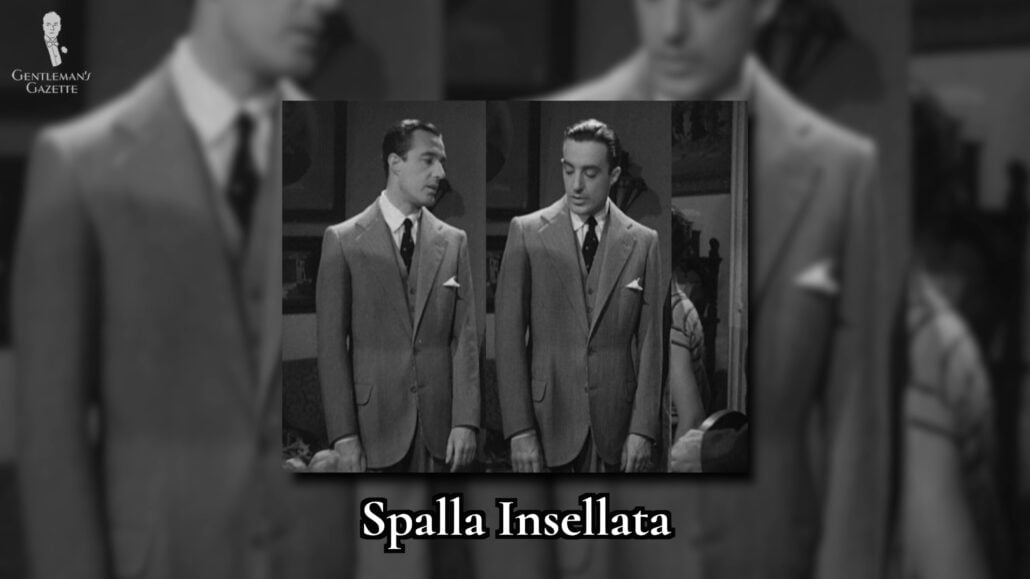
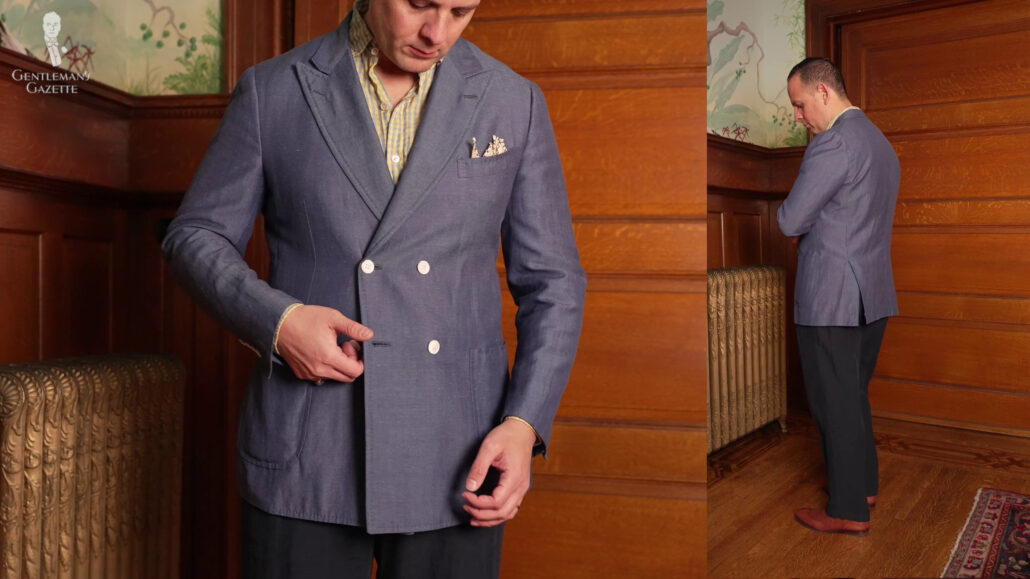
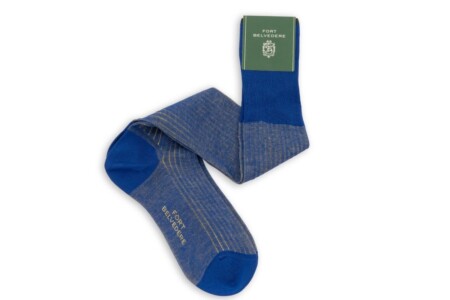
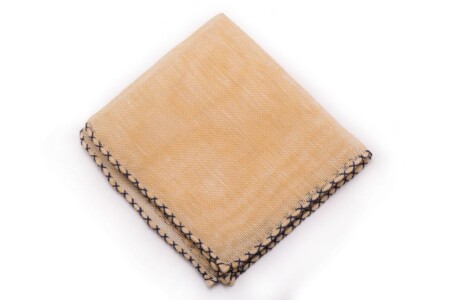
Certain examples of this style (certainly not all) have all the subtlety of a Tarantella played on an aging accordion.
There is an appropriate Italian word, “stonato” which while used in slang to refer to someone as stupid, literally means “out of tune.” I’m using it in the literal sense.
This thousand decibel type of menswear is unfortunate, since so much of Italian style is magnificent.
Great article that really explains the style. One tweak for the future:
In the photo near the top labeled “Raphael in a Neapolitan style outfit,” he might want to have his tailor take a look at his jacket collar. It’s supposed to hug the neck, not fall off it the way it does in the picture.
“we’ve been working on creating really cool no-show socks”
Such a worthwhile endeavour—nothing’s more flattering to a gentleman’s overall image than a flash of his hairy ankle skin.
Going sockless or appearing to be sockless with shorts looks much better than wearing long dress socks. Long dress socks with shorts gives off the immature little boy vibes.
Interesting article. But the transcription from the video is not of the highest standard.
“Surge fabric”? “Blake rabbit stitch”?
If you’re using software to get the printed translation from the audio portion of the video, it still should be checked over.
If you’re not, then someone with stronger English skills needs to be on board.
Whoops, well caught! Thanks for letting us know, Borys – we’ve rectified those errors!
Excellent article on Neapolitan style! Or was that Neopolitan? Or Neoolitan?
Raphael speaks so fast these days I have trouble keeping up with him. Maybe that’s sprezzatura of a kind.